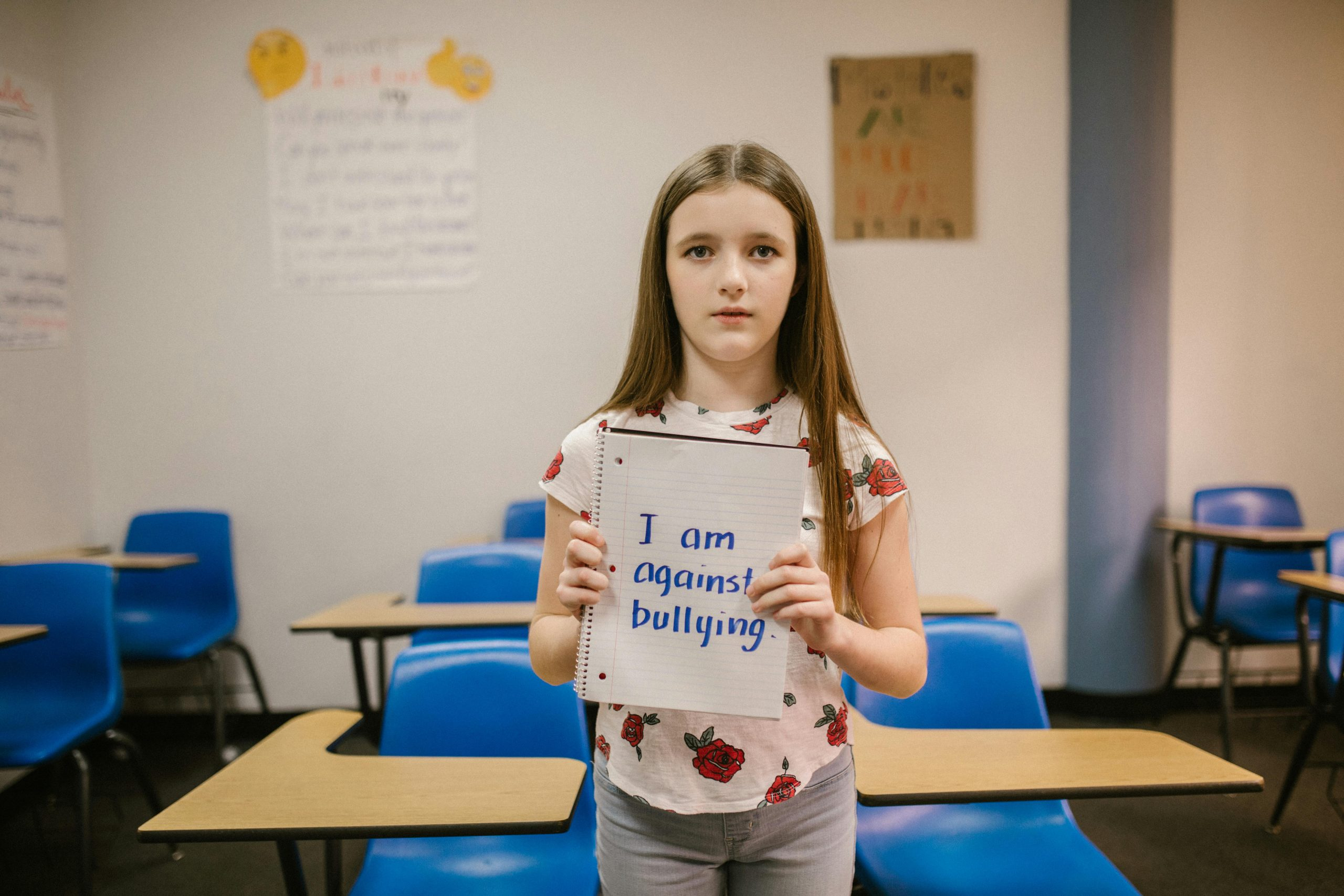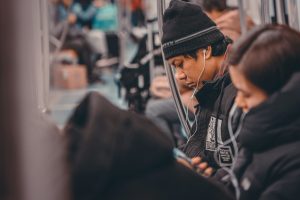Exploring equity in education through inclusive classrooms
Welcome to the world of education, where children are the future and every single one of them has the right to an equal and quality education. However, the harsh reality is that not all students have access to the same level of education and opportunities. Socio-economic factors, cultural differences, and learning disabilities are just a few examples of barriers that hinder students from receiving an equitable education.
The Importance of Equity in Education
Equity in education is about ensuring that all students, regardless of their background, have an equal opportunity to reach their full potential. It goes beyond simply treating everyone the same; it means acknowledging and addressing the barriers that may exist and providing the necessary support and resources for students to succeed.
When it comes to equity in education, one of the most critical factors is the classroom environment. As educators, it is our responsibility to create inclusive classrooms that promote diversity, respect, and understanding.
The Role of Inclusive Classrooms in Promoting Equity
Inclusive classrooms are classrooms where every student is welcomed, valued, and supported regardless of their differences. These classrooms not only benefit students with diverse backgrounds and learning abilities but also provide a positive learning environment for all students.
Inclusive classrooms are crucial in promoting equity in education as they challenge traditional structures and practices that may exclude certain groups of students. They promote the value of diversity and encourage a sense of community where students learn to appreciate and respect one another’s differences.
Addressing Socio-economic Barriers
One of the significant barriers to achieving equity in education is socio-economic status. Children from low-income families often lack the resources and support they need to excel in school. Inclusive classrooms can address this barrier by providing all students with equal access to resources, regardless of their economic background.
For example, schools can offer financial assistance for school supplies, meals, and extracurricular activities. Educators can also implement teaching strategies that cater to students from different economic backgrounds to ensure equal learning opportunities for all.
Promoting Cultural Understanding
Cultural differences can also pose a barrier to equity in education. Inclusive classrooms embrace diversity and create a safe space for students to share and celebrate their cultural backgrounds. This promotes cultural understanding and helps break down stereotypes and prejudices that may exist among students.
Educators can incorporate culturally diverse materials and resources into their teaching, as well as provide opportunities for students to share their cultural traditions and experiences. This not only supports students from different cultures but also educates other students about diversity, promoting acceptance and respect for all.
Supporting Students with Learning Disabilities
Students with learning disabilities may also face barriers to equity in education. Inclusive classrooms provide these students with the necessary support and accommodations to help them succeed academically and feel included in the classroom environment.
Educators can work closely with parents and professionals to identify and address learning disabilities and provide individualized support for students. This not only allows these students to thrive but also promotes a culture of inclusion and understanding in the classroom.
In Conclusion
Inclusive classrooms play a crucial role in promoting equity in education. As educators, it is our responsibility to create an environment that fosters respect, acceptance, and diversity. By addressing and overcoming barriers in the classroom, we can work towards achieving equity and ensuring that all students have an equal opportunity to succeed in their education.










